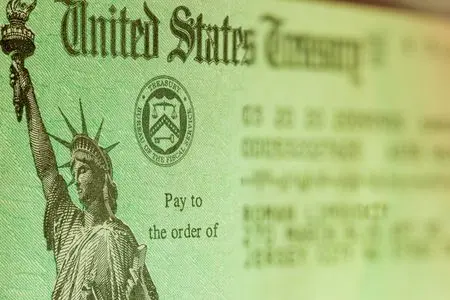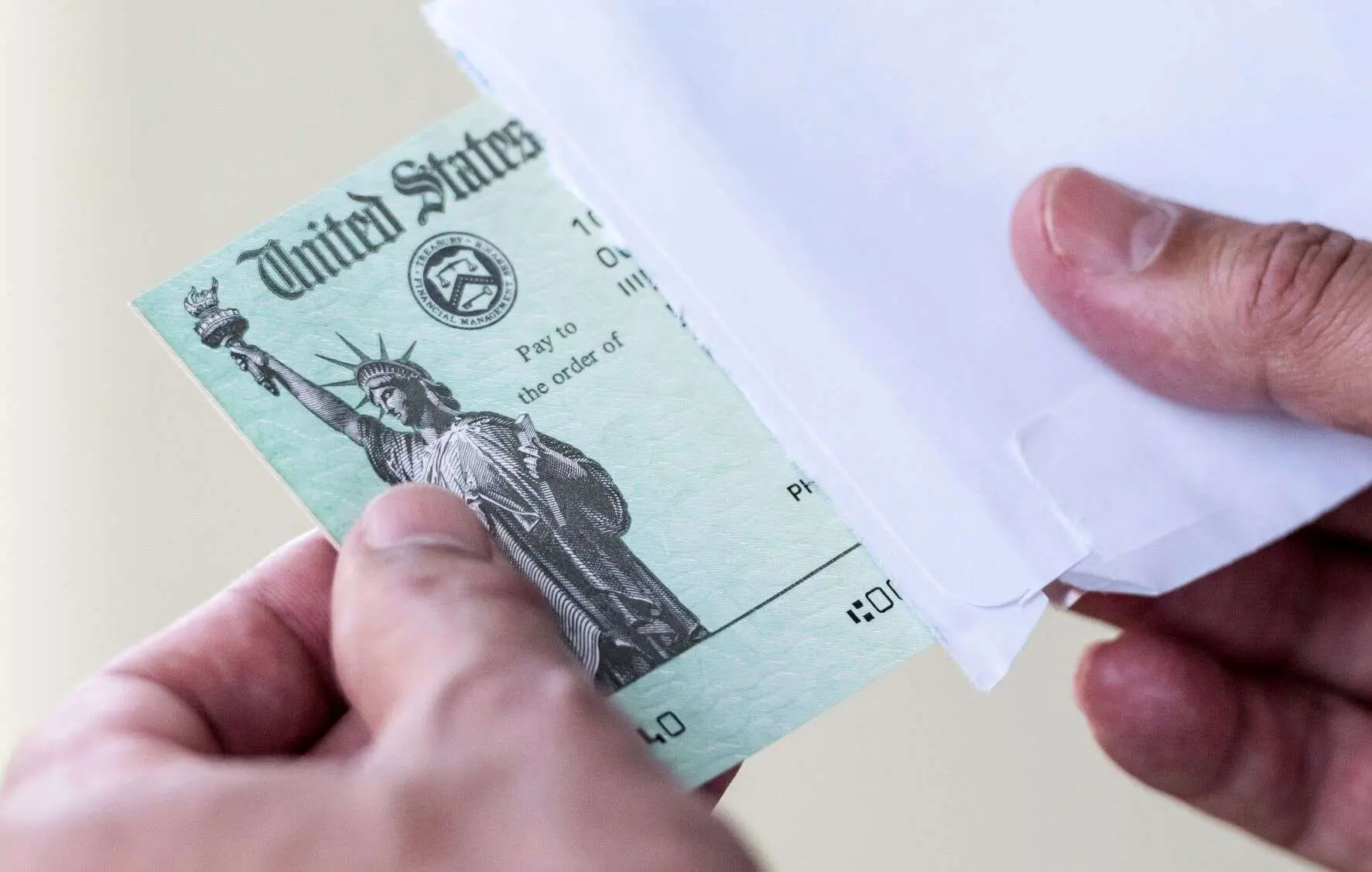
🏛️ What Are State Rebates and How Do They Work?
State rebates are one-time or recurring payments issued by state governments to help residents offset inflation, property taxes, or energy bills. Each state sets its own eligibility rules and payment amounts. These rebates are often distributed through the Department of Revenue or tax refund programs.
| State | Program Name | Maximum Benefit | Eligibility Highlights | Payment Timeline |
|---|---|---|---|---|
| California | Middle-Class Tax Refund (Round 2) | Up to $500 | Income under $150,000 | Spring 2025 |
| New York | Energy Bill Credit | $200–$400 | Low-income households | Ongoing |
| Illinois | Property Tax Relief Rebate | Up to $300 | Homeowners with income under $250,000 | Summer 2025 |
| Texas | Inflation Relief Rebate | $250 per adult | 2023 tax filers | Early 2025 |
| Washington | Working Families Tax Credit | Up to $1,200 | Based on income and dependents | February 2025 |
✅ Pro tip: You can receive both a state rebate and federal tax credit in the same year — they don’t cancel each other out.
💰 Federal and State Tax Credits You Might Be Missing
Tax credits directly reduce the amount you owe in taxes — and in some cases, they result in a cash refund. Many taxpayers overlook credits that could add hundreds or even thousands to their annual refund.
| Tax Credit | Description | Maximum Value | Eligibility |
|---|---|---|---|
| Earned Income Tax Credit (EITC) | For low- to moderate-income workers | Up to $7,430 | Based on income and dependents |
| Child Tax Credit (CTC) | For each qualifying child under 17 | Up to $2,000 per child | Must have valid SSN |
| American Opportunity Credit | For college tuition and fees | Up to $2,500 per student | Enrolled at least half-time |
| Energy Efficient Home Improvement Credit | For home insulation, HVAC, or windows | Up to $3,200 | Must meet efficiency standards |
| Saver’s Credit | For retirement account contributions | Up to $1,000 | Income under $36,500 (single) |
💡 Reminder: Tax credits reduce your bill dollar-for-dollar — unlike deductions, which only reduce taxable income.
🏠 Local Assistance Programs You Shouldn’t Ignore
Local governments and nonprofits offer additional help that can be combined with state or federal aid. These community assistance programs often focus on food, housing, or utility costs.
| Type of Program | Description | Example |
|---|---|---|
| Utility Assistance | Discounts or payment help for electricity, gas, or water | Low Income Home Energy Assistance Program (LIHEAP) |
| Rent or Mortgage Aid | Temporary support for housing costs | Emergency Rental Assistance (ERA) |
| Food Assistance | Food pantries, meal programs, or EBT expansion | SNAP, local food banks |
| Transportation Subsidy | Bus pass discounts or gas vouchers | Local transit relief programs |
| Medical Bill Relief | Reduces out-of-pocket healthcare costs | State health department hardship programs |
📍 Check your county or city website for up-to-date information — many programs are underutilized simply because people don’t know they exist.
🔄 How to Combine Multiple Relief Sources
You can legally combine multiple relief benefits if they don’t overlap in funding sources or eligibility. Here’s how to layer them effectively:
- Start with federal tax credits — claim them when filing your taxes.
- Add your state rebates — most states send these automatically to eligible filers.
- Apply for local programs — especially for housing, energy, or healthcare.
- Keep documentation of all payments and eligibility letters for audit safety.
| Relief Type | Who Provides It | Application Needed? | Can It Be Combined? |
|---|---|---|---|
| Federal Tax Credits | IRS | Yes (tax return) | ✅ Yes |
| State Rebates | State Revenue Department | Usually automatic | ✅ Yes |
| Local Assistance | City/County Agencies | Yes (online form) | ✅ Yes |
👉 Example: A single parent in Illinois could receive a $2,000 Child Tax Credit, a $300 state property tax rebate, and an additional $150 energy assistance credit — all without overlap.
✅ Final Thoughts
Combining state rebates, tax credits, and local assistance is the smartest way to maximize relief in 2025. Each program targets different financial needs — from energy bills to education and childcare — and together they can provide real, lasting stability. Check your eligibility early, file your taxes accurately, and stay informed through official channels like IRS.gov and your state Department of Revenue. Your relief opportunities are waiting — you just need to claim them. 💪





